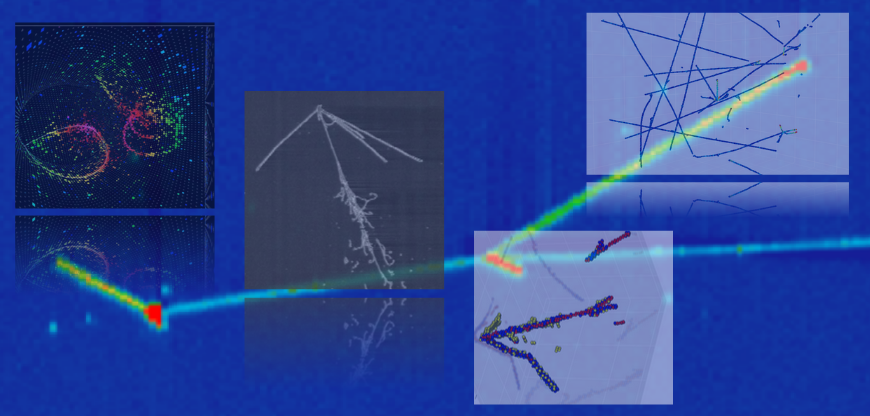The detectors of the Kamiokande saga relies on a well-established detection method using Cherenkov effect in ultra-pure water. Consequently, the reconstruction algorithms, especially of the Super-Kamiokande detector, have been developed since several decades, allowing to reach unparallel results in neutrino sector, from the constraints on the solar neutrino upturn to the atmospheric neutrino...
"The Hyper-Kamiokande Detector represents the next generation of neutrino observatories, following in the lineage of the Kamiokande and Super-Kamiokande experiments. With significantly enhanced sensitivity, Hyper-Kamiokande will support a diverse and ambitious physics program, including searches for proton decay, studies of solar neutrinos under non-standard scenarios, and the potential first...
A key goal of neutrino physics is to measure CP violation in neutrino oscillations, which may explain why the universe is dominated by matter over antimatter. The upcoming Hyper-Kamiokande experiment will be central to this effort. With a much larger detector volume and more photomultipliers than Super-K, Hyper-K will collect data at kilohertz rates. Traditional reconstruction tools are...
Hyper-Kamiokande (Hyper-K) is a next-generation water Cherenkov neutrino experiment currently under construction, designed to address key questions in particle physics, including leptonic CP violation and proton decay. Convolutional neural networks (CNNs) have previously been applied to water Cherenkov detectors by treating PMTs as pixels, with charge and timing information serving as input...
The Water Cherenkov Test Experiment (WCTE) is a 30-ton water Cherenkov detector that received 100-1200 MeV electrons, muons, charged pions and protons from the CERN East Area T9 beam, as well as observing secondary neutrons captured on Gadolinium and tagged photons through operation in a dedicated setup. With a suite of beamline detectors to characterise and tag the particles entering the...
The Water Cherenkov Test Experiment is a powerful detector for studying water Cherenkov detectors, demonstrating new detection technologies testing reconstruction algorithms with controlled data. In particular, the relatively small scale of the detector allows for a fast and lightweight exploration of machine learning methods. We will present here the performances of Graph Neural Networks for...
Traditional Monte Carlo (MC) simulations rely on accurate modeling of both physics processes and detector responses. However, optimization with calibration data is often challenging,or even impractical, due to stochastic effects and the high dimensionality of correlated parameters.
Within the CIDeR-ML Collaboration, we are developing differentiable surrogate models that enable automated...

